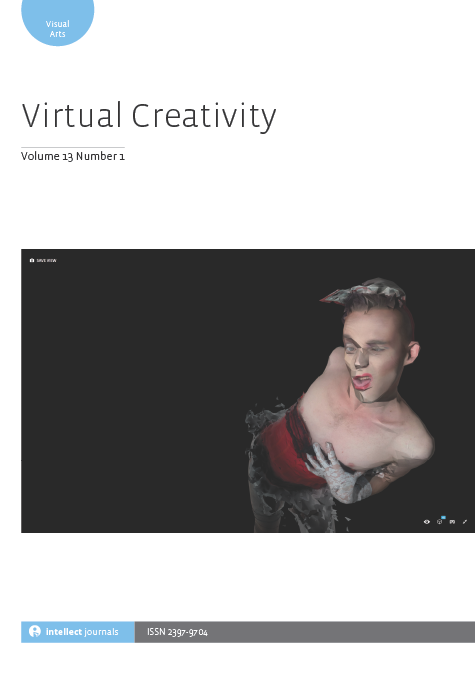
Full text loading...
 , Susannah Langley1
, Susannah Langley1 , Ann Borda1
, Ann Borda1
Over a number of decades, studies have revealed compelling relationships between experiences of the natural environment and positive health outcomes in adult communities. These psychosocial health benefits have typically been described via key theoretical frameworks in the health sciences, such as the biophilia hypothesis. Despite the body of evidence for nature design and well-being, propositions for immersive virtual nature experiences are still emerging across the fields of creativity and health. In this article, we identify the potential for immersive virtual nature art as a creative well-being intervention, articulated through a discussion of background literature and concepts leading to the development of our artwork, Inner Forest (2020–21). This article incorporates a transdisciplinary suite of perspectives across three key parts; in the first section, we review key health and design research around beneficial nature experiences, with particular emphasis on designing technological nature. Secondly, we propose considerations for immersive virtual nature experiences, as distinct from prior iterations of technological nature; these considerations are framed through discussion of our artistic and well-being rationale for designing the collaborative artwork Inner Forest. This extended reality (XR) project was developed in response to well-being challenges such as social isolation and restricted nature access- of particular valence during the COVID-19 pandemic. The artwork incorporates multisensory, aesthetic elements drawn from biophilic design guidelineswhich support creative, evidence-based approaches to designed nature and societal health. To conclude this article, we report on prospects for further scaling of the Inner Forest artwork, with ongoing scope to contribute to both nature-health design and immersive virtual nature art practices.

Article metrics loading...

Full text loading...
References


Data & Media loading...

Publication Date:
https://doi.org/10.1386/vcr_00046_1 Published content will be available immediately after check-out or when it is released in case of a pre-order. Please make sure to be logged in to see all available purchase options.